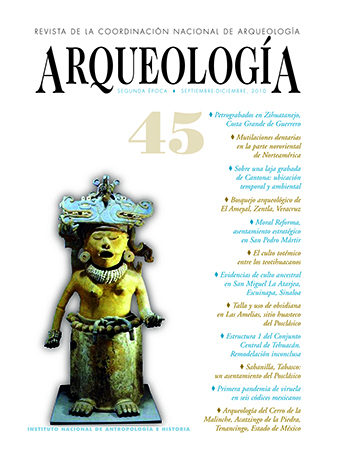Published 2014-07-14
Keywords
- pandemic-pox,
- tlacuilos,
- Florentine Codex,
- Cuitláhuac,
- Nahuatl
How to Cite
Abstract
This paper examines texts and images from six Mexican codices that capture the effects of the first smallpox pandemic in the New World in 1519 (or 2 Rabbit) in the territory of New Spain. Tlacuilos (scribes) created models to preserve the memory of a hitherto unknown disease that killed 90% of the population in America. The six colonial codices were written in the Roman alphabet but retained traditional pictography. With clear European influence, the Florentine Codex showed the four stages of smallpox, age groups, and infected individuals by gender, as described in contemporary medical sources. Many sources depicted the deceased Mexica ruler, Cuitlahuac, a victim of this contagious disease; other codices tell the story of a female ruler who miscarried her smallpox-infected child and who was regarded as a “Cihuateo,” a woman warrior who accompanied the sun on his daily journey. It was a terrible disease that marked the start of a new era.

